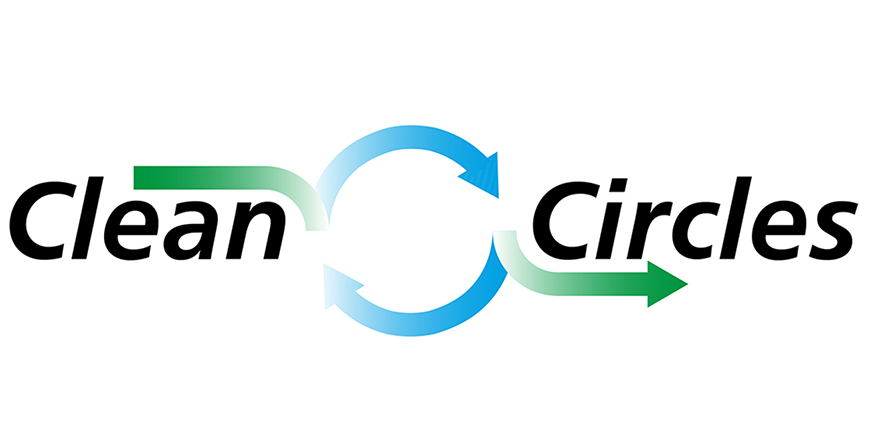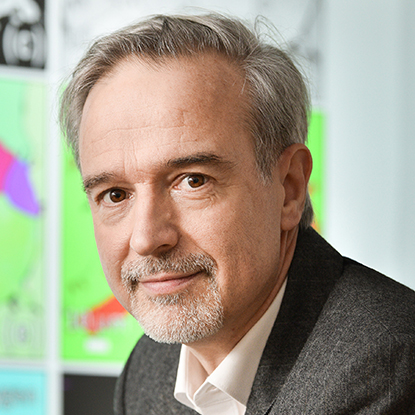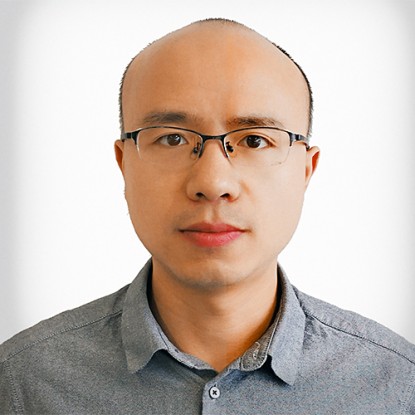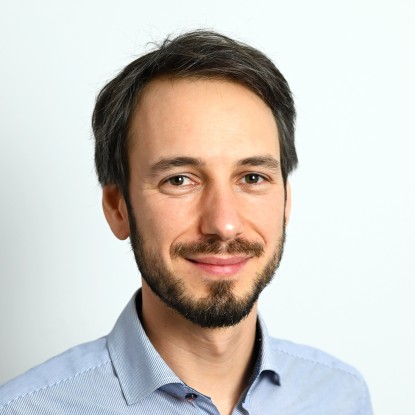In thermo-chemical reduction, porous microparticles of iron oxides are reduced with green hydrogen to porous microparticles of pure iron. Since the products of hydrogen-based reduction are ferrite and water, thus can heavily reduce the CO2 emission. The process of hydrogen-based direct reduction of iron oxide (HyDRI) includes three phase transformations: (i) Conversion of Fe2O3 (hematite) into Fe3O4 (magnetite), (ii) Conversion of Fe3O4 into FeO (wüstite), and (iii) Conversion of FeO into α-Fe (sponge iron). Among these transformations, (iii) occurs approximately ten times slower than (i) and (ii). Therefore, the rate at which transformation (iii) occurs significantly impacts the overall reduction rate. In addition, the utilization of hydrogen in reducing iron oxide resulted in the aggregation of the reaction product. Moreover, the interaction between hydrogen gases and wüstite influences both the thermodynamics and the microstructure morphology. Furthermore, the substantial volume changes that occur during these reactions, along with species transports and phase transformations, exert a significant influence on the stress state, mechanical behavior, and local rates of reaction and transformation. Additionally, the complex microstructure evolution of iron oxides poses challenges when studying the reaction kinetics of HyDRI. Only a limited number of studies have been conducted on HyDRI, and most of them simplify the complex physics involved, neglecting the detailed investigation of local chemical and mechanical kinetics.
In this subproject, a chemo-mechanically coupled phase-field (PF) model is developed to account for phase transformation, large deformations, as well as the chemical reaction during HyDRI. The model is developed by using phase-field chemomechanics. The system's free energy contribution arising from multispecies diffusion, including oxygen and hydrogen, as well as the energy contribution resulting from phase transformation (e.g., FeO to Fe), and the elastic energy contribution caused by volume changes induced by phase transformation, have been adequately taken into account. To ensure an accurate description of the free energy, the Thermo-Calc database has been utilized for calibration purposes. Given the substantial deformation encountered by the particles during the reduction process, the neoHookean elastic energy model has been employed to accurately capture and describe the finite strain deformation.
Scientific questions
1. Development of a general modeling framework for the reduction and oxidation process
2. What are the crucial micro- and meso-structural characteristics of iron and iron oxide particles for cyclability?
3. What are the interaction mechanisms between chemical reactions and physical transport and how do they impact the dynamics of turbulent pulverized iron-air flames?
4. What are the high-temperature oxidation characteristics of pulverized aluminum-steam flames?



